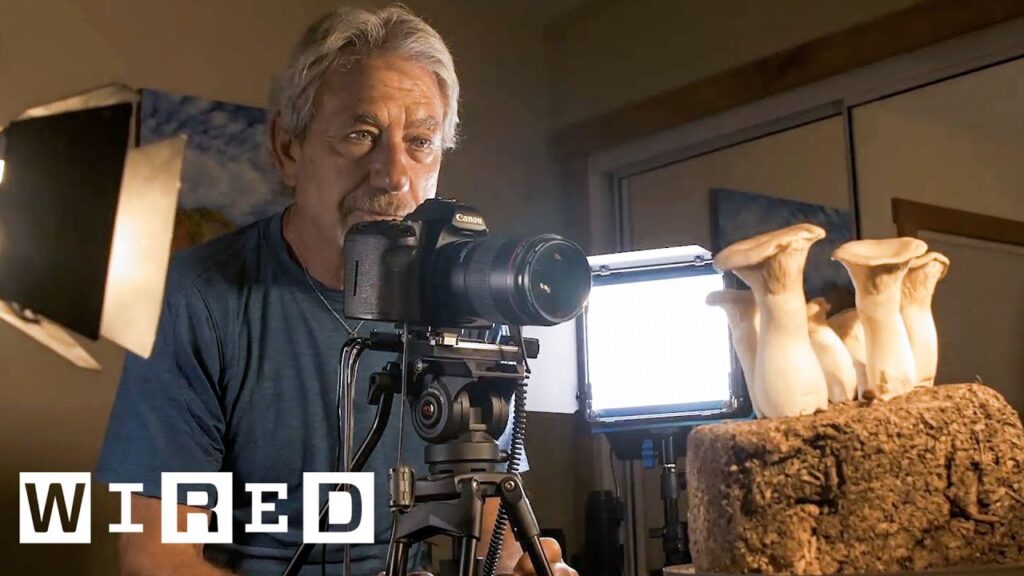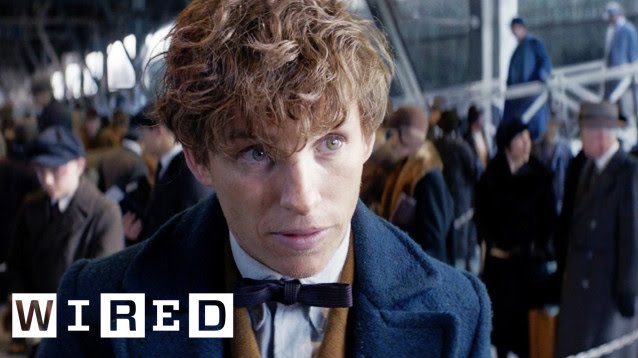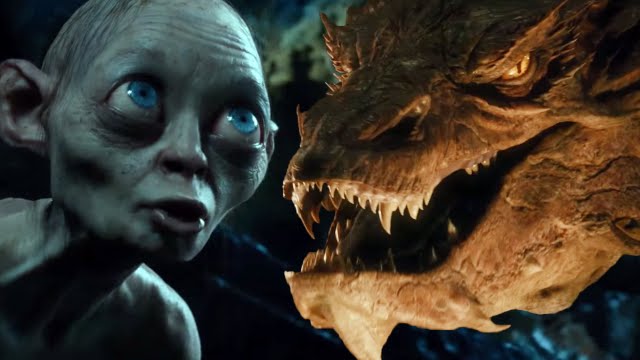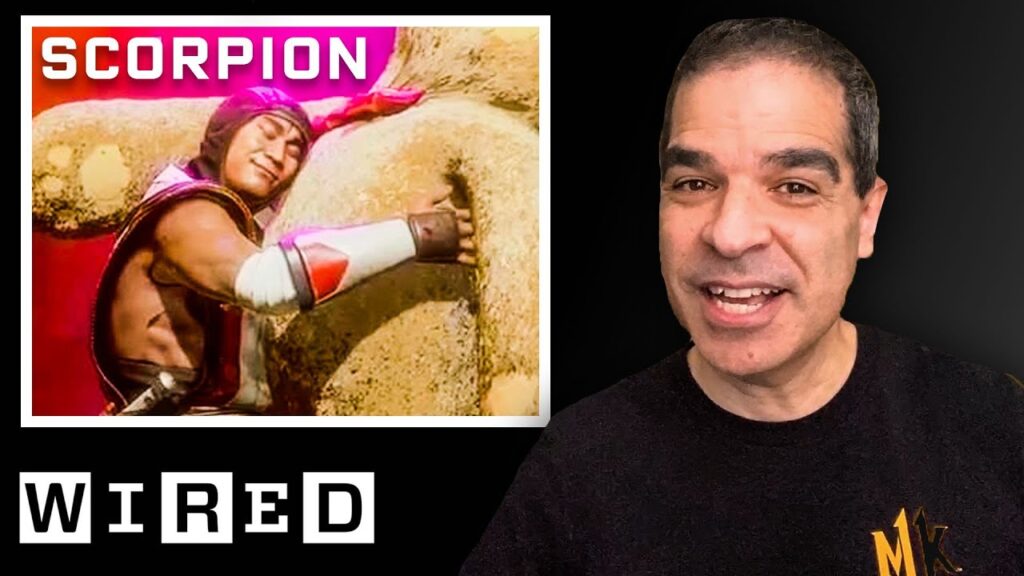The Making of Fully Digital Actors in Star Wars: The Force Awakens
Summary
In this article, we explore the process of creating fully digital actors in Star Wars: The Force Awakens. We delve into the technology used by Industrial Light and Magic (ILM) in collaboration with Disney Research Zurich to capture the performances of real actors and convert them into highly detailed digital characters.
Table of Contents
- Introduction
- The Work of ILM in The Force Awakens
- Character Design and Maquettes
- Medusa Capture System
- SnapSolver Facial Capture System
- Collaboration with Disney Research Zurich
- Conclusion
Introduction
Star Wars: The Force Awakens has been nominated for an Academy Award for visual effects, and it’s no surprise why. The team at Industrial Light and Magic (ILM) has done exceptional work in creating stunning action sequences, environments, and characters. Director J.J. Abrams brought back old friends and introduced new characters, some of which couldn’t be done physically. In those instances, digital technology was used to create fully digital actors.
The Work of ILM in The Force Awakens
ILM’s character work is exceptional, and while Neil Scanlon’s special effects group provided an amazing set of in-camera prosthetics and special effects makeup, some characters required digital technology to come to life. The process of creating a fully digital actor starts with character design and a full maquette, which is made and scanned.
Character Design and Maquettes
From the scanned maquette, the muscles and bone structure of the character can be created. In terms of the actual performance, the actor is scanned using the Medusa capture system from Disney Research Zurich. This captures not just their fixed facial expressions but also their animated lines of dialogue. This creates a library of faces before principal photography, which is sometimes called the expression space.
Medusa Capture System
On set, the actress has tracking dots, which are used to solve her expressions into the ILM-shaped library or space. This provides what the actor is doing, but the performance still needs to be retargeted into the new character’s face mode. ILM uses a proprietary facial capture system called SnapSolver to capture the performance and then convert it through Medusa to something that they can hand off to the highly skilled ILM character animation team, who refine the final performance.
SnapSolver Facial Capture System
ILM’s R&D team has been collaborating closely with Disney Research on the development and integration of the Medusa system for production use. Disney Research Zurich is a world leader in face capture and eye scanning, and their system is one of the most detailed and advanced systems in the world. Many of the actors were scanned, and this was used not only for the lead digital character but also for digital doubles and a few X-Wing pilots fighting off the evil First Order.
Collaboration with Disney Research Zurich
ILM’s collaboration with Disney Research Zurich has been essential in the creation of fully digital actors in Star Wars: The Force Awakens. The Medusa capture system and SnapSolver facial capture system have allowed the team to capture the performances of real actors and convert them into highly detailed digital characters.
Conclusion
The use of digital technology in creating fully digital actors has allowed the team at ILM to bring to life characters that couldn’t be done physically. The collaboration with Disney Research Zurich has been instrumental in the development of the Medusa capture system and SnapSolver facial capture system, which have allowed for the capture of highly detailed performances. The work of ILM in Star Wars: The Force Awakens is a testament to the power of digital technology in filmmaking.







